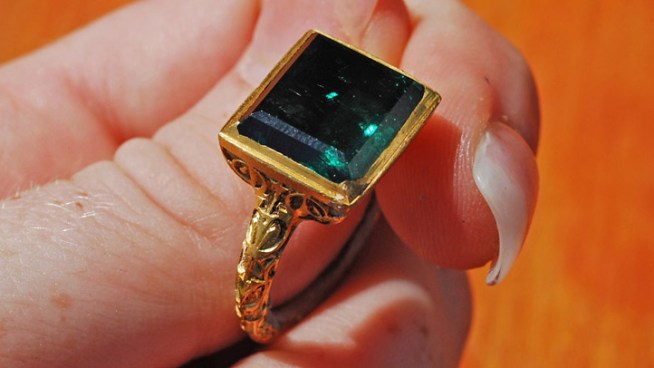Fla. teen reels in 800-pound alligator
From: http://www.msnbc.msn.com/
It was a battle of man versus beast Friday evening on Florida's picturesque St. Lucie River.
Proud dad: 'I'm gonna mount the head for him so he can put it in his room'
Visit msnbc.com for breaking news, world news, and news about the economy
The contenders: Tim Stroh, a 6-foot-3, 160-pound 19-year-old against a three-legged alligator, more than 12 feet in length and 800 pounds in weight. Armed with what his dad described as a "puny" fishing rod, the teen triumphed.
Gator-hunting runs in Tim Stroh's blood. His parents, Steve and Rachel Stroh, own a taxidermy shop in their hometown of Hobe Sound, Fla. Steve Stroh told Florida's TCPalm.com that he's hosted guided gator hunts since 1989.
So naturally, the family was excited when they heard rumors of a large alligator in the locks of the St. Lucie River, reported TCPalm.com. The three of them, plus a friend, loaded up a gator-hunting boat Friday, not knowing what they would find — if anything.
Then, within an hour of being out on the boat, TCPalm.com reported, they spotted it.
"I thought it was just a 9-footer," Tim Stroh told TCPalm.com. "Then I saw how big it was."
Others on the boat tried reeling in the alligator first, but couldn't. Then Tim, using a "puny bass rod," tossed his line, Steve said.
Video: Teen catches 800-pound gator with fishing pole (on this page)The 12-foot, 3-inch reptile chomped down, according to WPTV. It wasn't until he was reeling in the alligator that Tim realized its true size — its tail alone was as thick as his waist, according to TCPalm.com. To guarantee his victory, Tim hit the alligator with a "bang stick," a .44-caliber gun shell on a stick.
"I had adrenaline pumping through me and I was just like, 'Oh my God,'" Stroh said, reported WESH.com. The alligator "came up and he was popping his jaw and stuff."
Once on land, four more friends joined to help carry the alligator, which was missing one of its back legs, into the family's truck.
"We have a big box cooler we normally would put a gator into, but he wouldn't fit. We had to keep him in the truck overnight and throw in ice to keep him cool," Tim said.
Stuffing its head, eating its meat
Up until Friday, the biggest catch the Strohs had ever had was a 400-pound gator, reported WPTV.
The family has special plans for this one.
"I'm gonna mount the head for him so he can put it in his room," Steve told WPTV.
As for the rest of the creature? According to TCPalm.com, Rachel Stroh will be making a lamp from the gator's back leg; the family has plans to make keychains from the gator's bony back; and there are 250 pounds of gator meat in their freezers waiting to be fried or made into gator sausage.
Florida Fish and Wildlife Conservation Commission officials say they have had bigger catches. The longest gator ever caught in the state was more than 14 feet long; the heaviest was over 1,000 pounds, according to NBCMiami.com.
Alligator hunting season runs until Nov. 1. The Strohs have permits to legally hunt.
Tim Stroh, who did not return messages from msnbc.com, said the gator put up a good fight.
"He had a lot of character, and I had a lot of fun," he told TCPalm.com.
© 2011 msnbc.com































